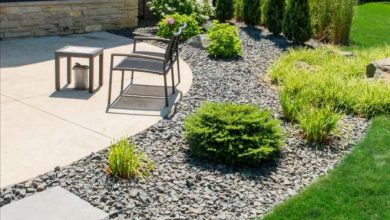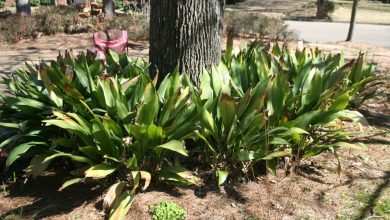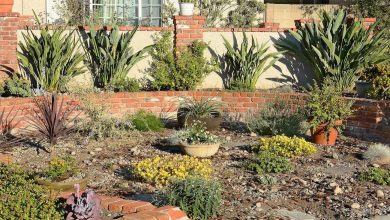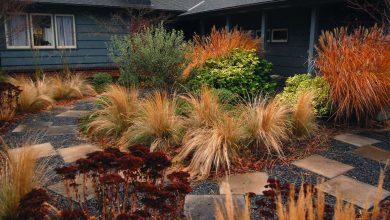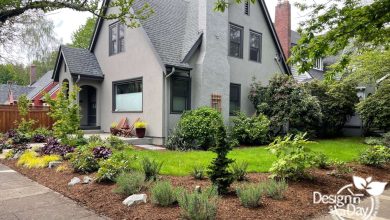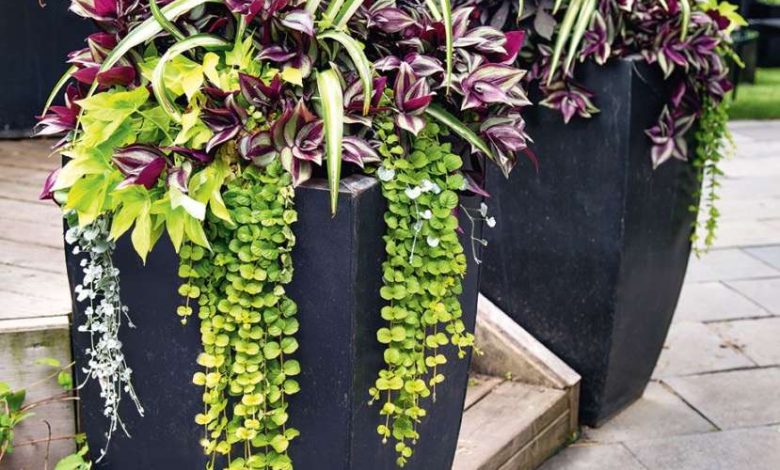
13 Top Spider Plant Landscaping Ideas 2024
Spider Plant Landscaping Ideas: A Lush Look for Less
The humble spider plant (Chlorophytum comosum) isn’t just a houseplant superstar. This easy-to-care-for greenery thrives outdoors, adding a touch of elegance and cascading charm to your landscaping. But how exactly can you incorporate spider plants into your outdoor designs? Let’s explore some creative ways to utilize these versatile plants!
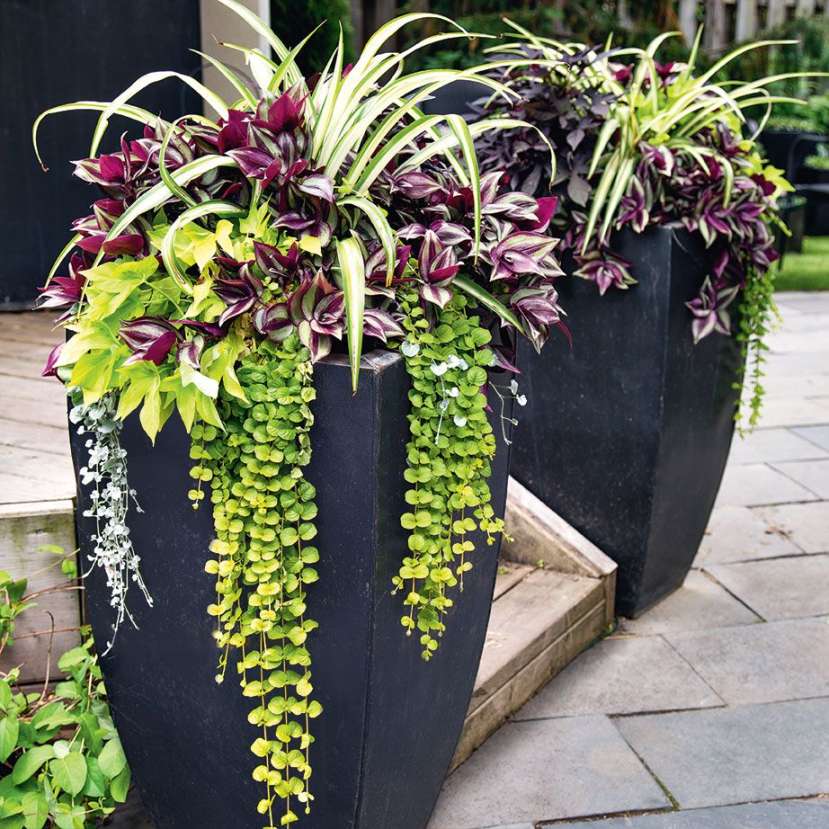
Spider plants are known for their adaptability. While they prefer bright, indirect sunlight, they can tolerate partial shade as well. This makes them ideal for a variety of landscaping situations.
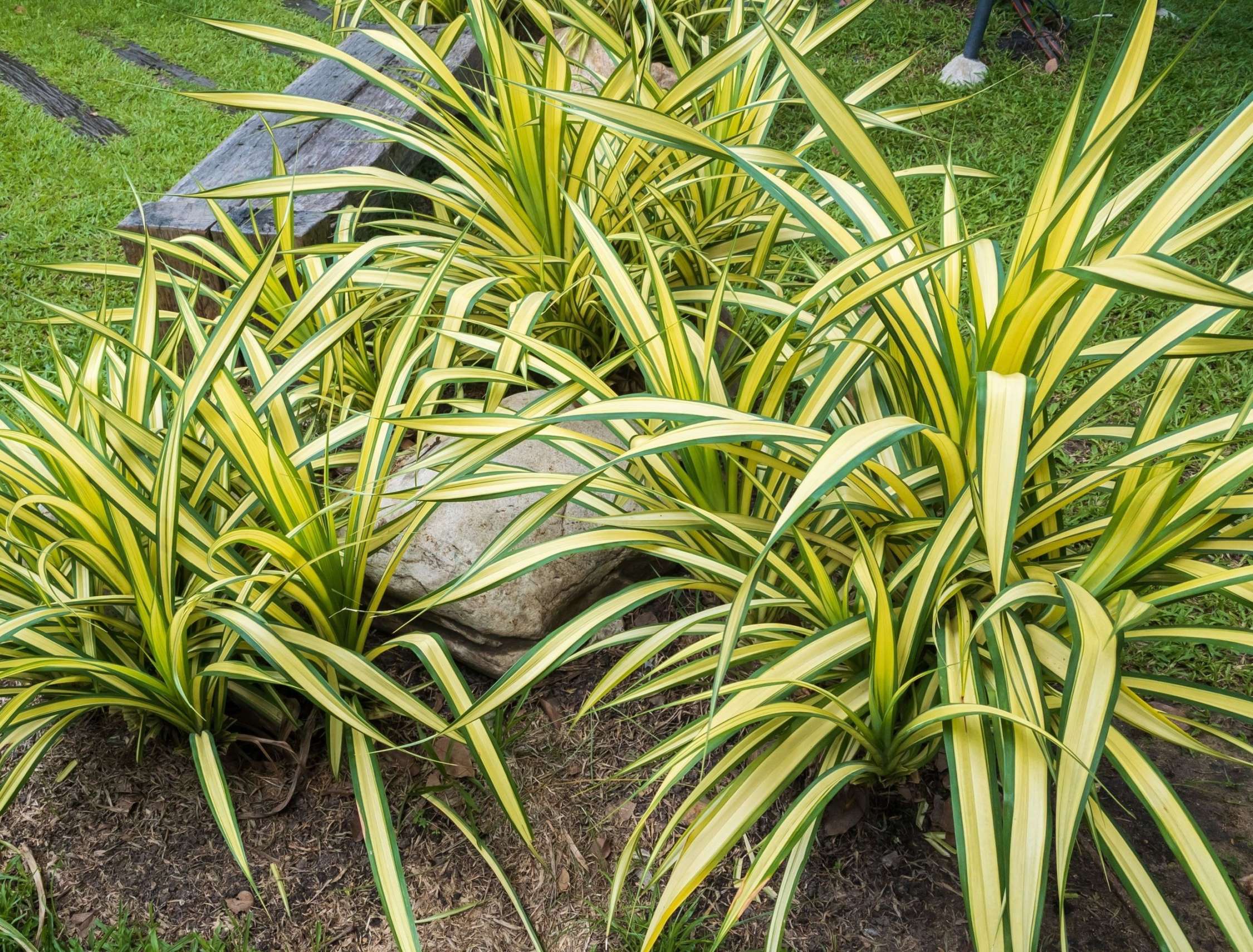
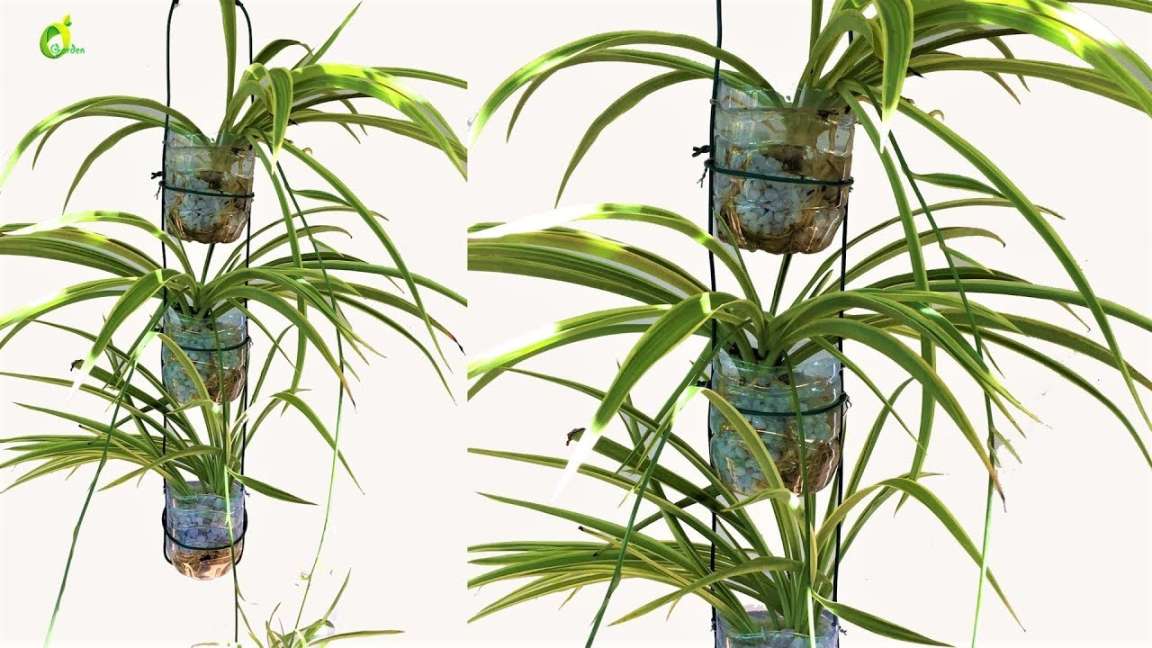
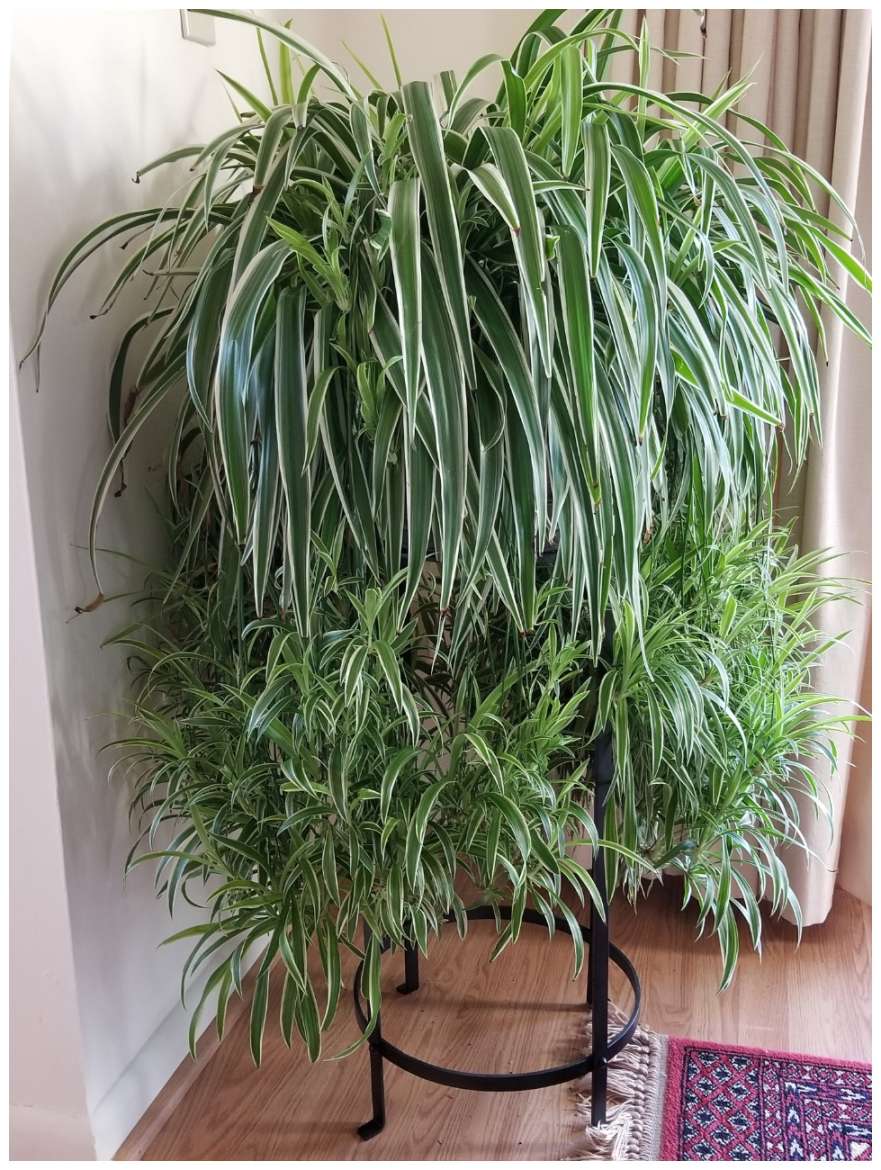
Spider plants look stunning in a variety of containers, allowing you to personalize your landscaping design. Here are some ideas:

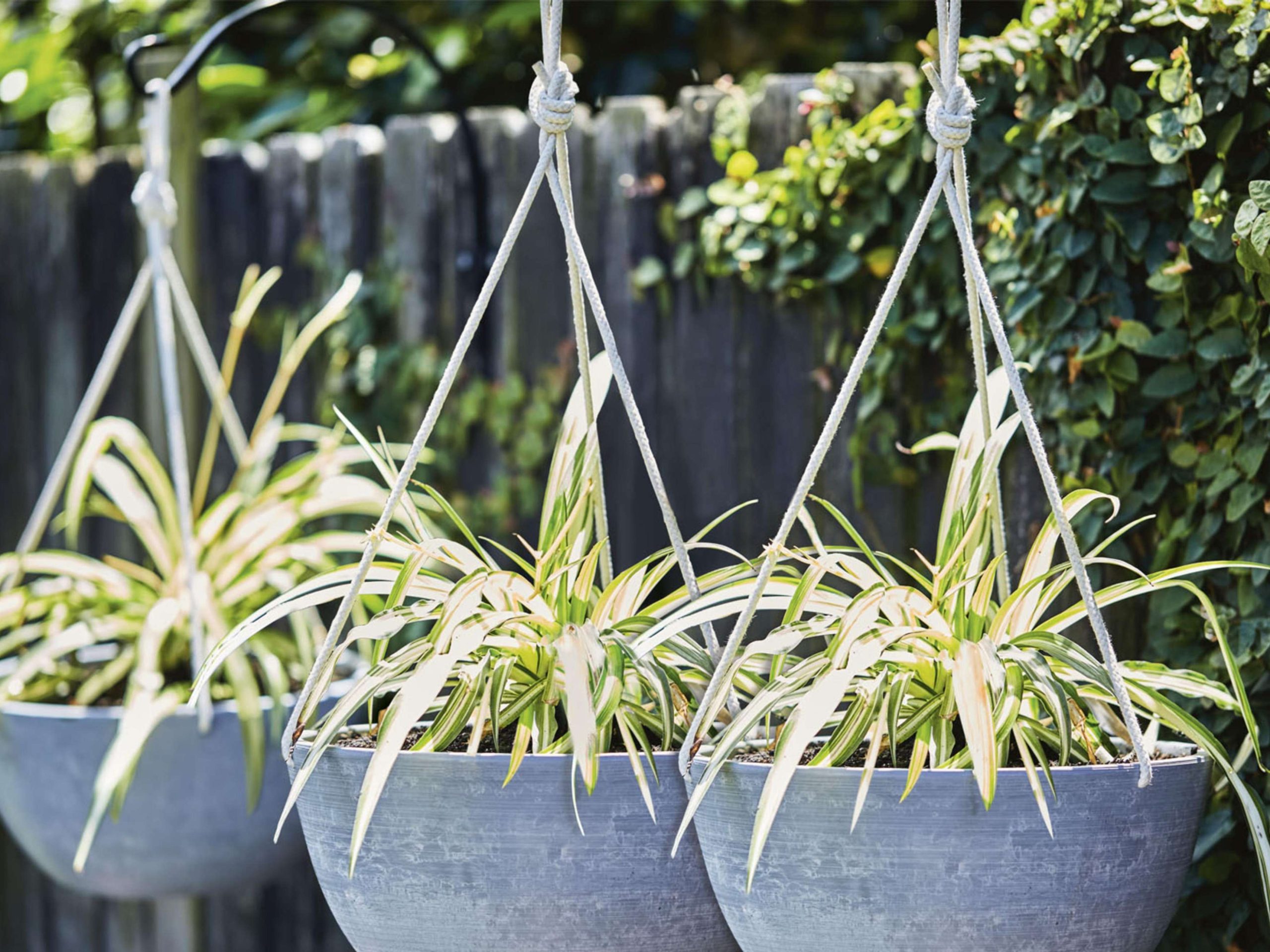
Spider plants can also be incorporated into mixed container plantings. Here are some ideas for companion plants:
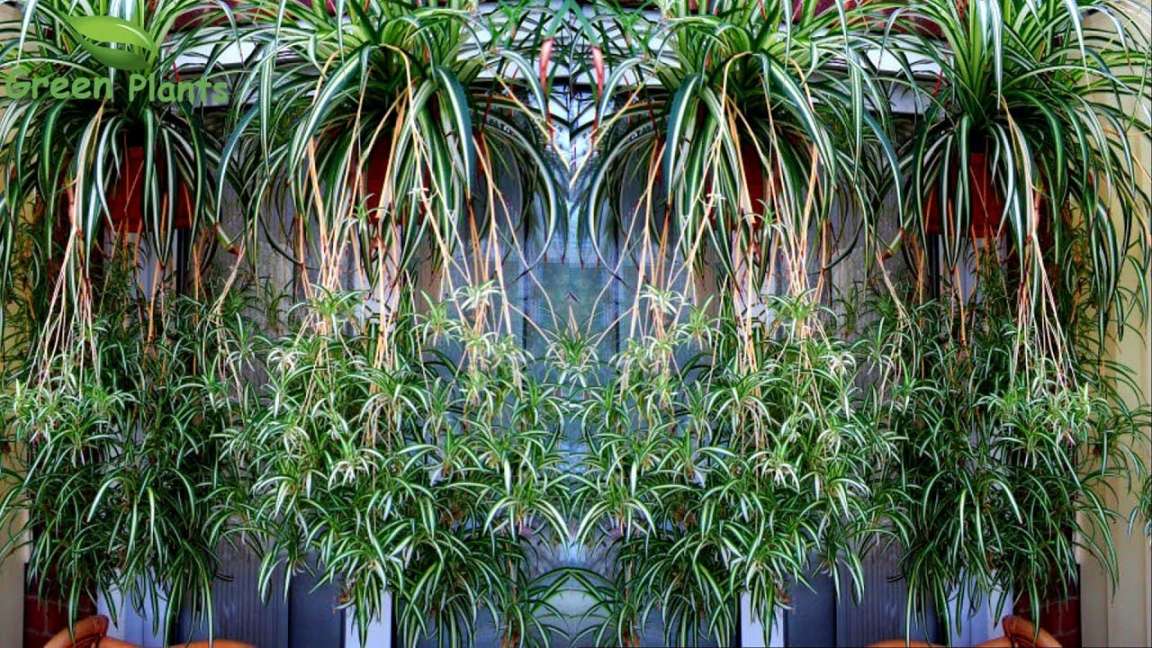
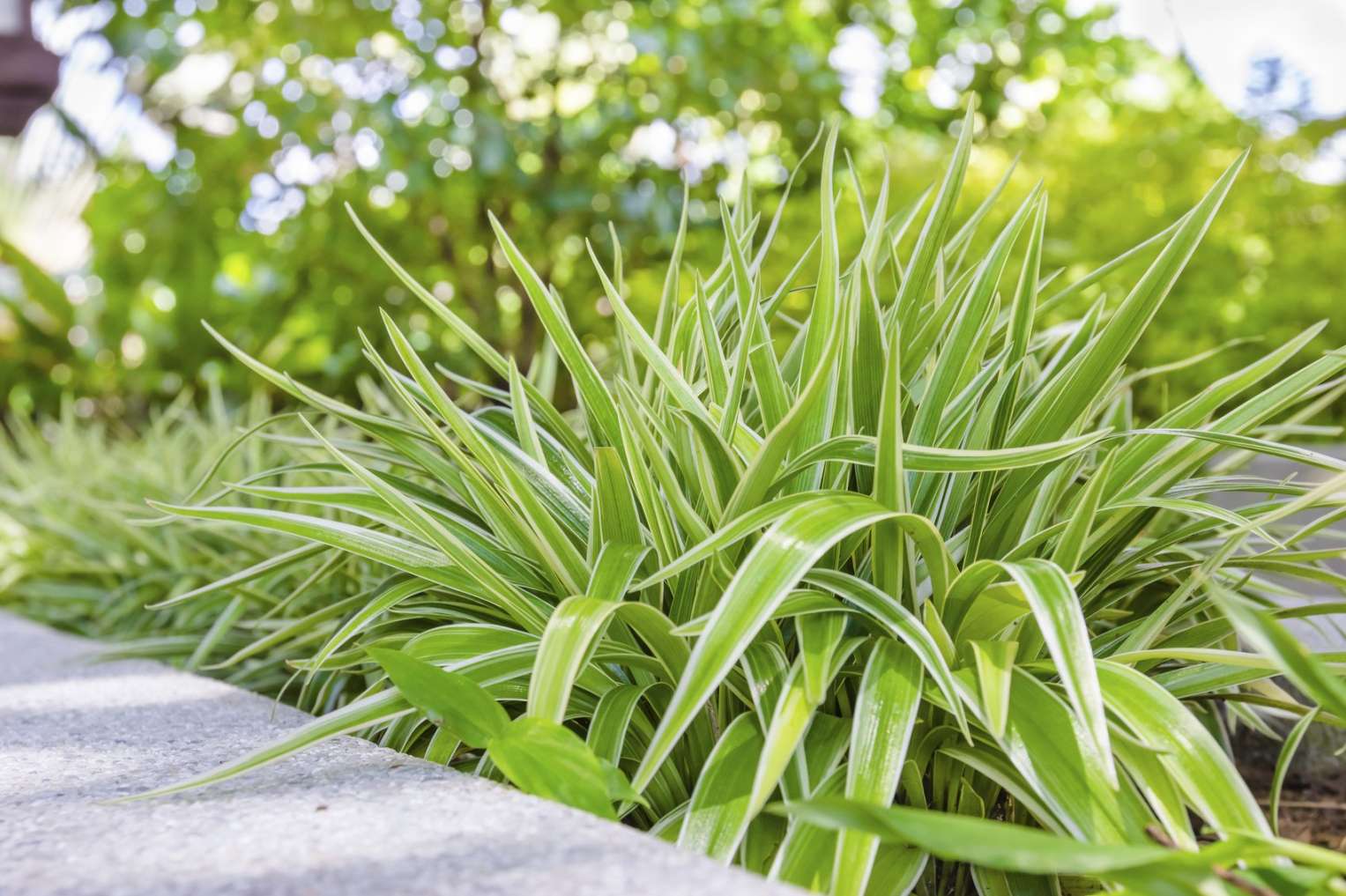
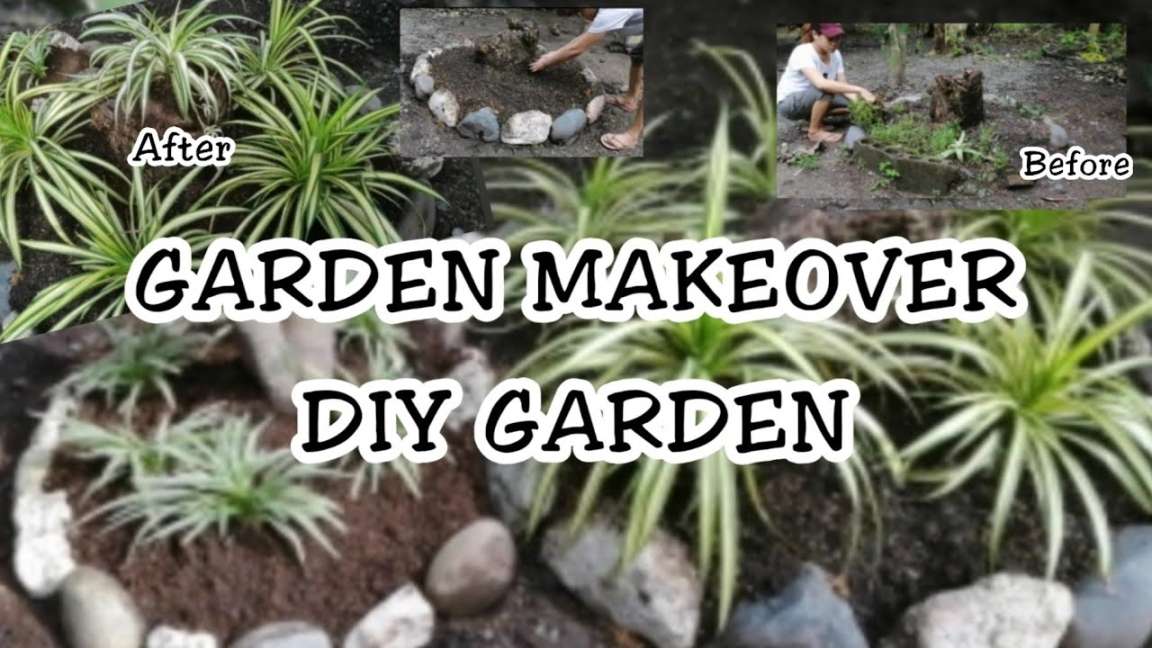
Spider plants offer endless possibilities for creative landscaping. Their low maintenance requirements, adaptability to various light conditions, and cascading foliage make them a valuable addition to any outdoor space. So, unleash your creativity and let spider plants add a touch of lush greenery to your landscape!

1. Are spider plants poisonous to pets? While not technically poisonous, spider plants can cause mild stomach upset in pets if ingested in large quantities. It’s best to keep them out of reach of curious animals.
2. Do spider plants need a lot of fertilizer? Spider plants are not heavy feeders. A balanced fertilizer applied once a month during the growing season is sufficient.
3. How do I propagate spider plants for more landscaping options? The spiderettes (baby spider plants) that grow on the long runners can be easily detached and potted in new containers to create new plants.
4. Can spider plants tolerate cold weather? While they can survive a light frost, it’s best to bring spider plants indoors or protect them with frost cloth when temperatures dip below freezing.
5. How often do spider plants need to be repotted? Repot spider plants every 1-2 years, or when the roots become pot-bound and the plant appears crowded.
